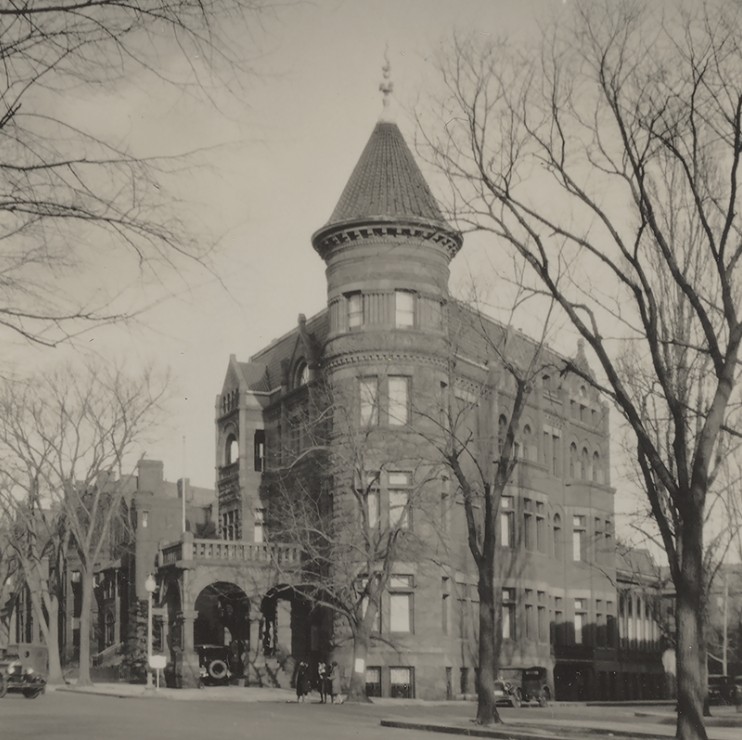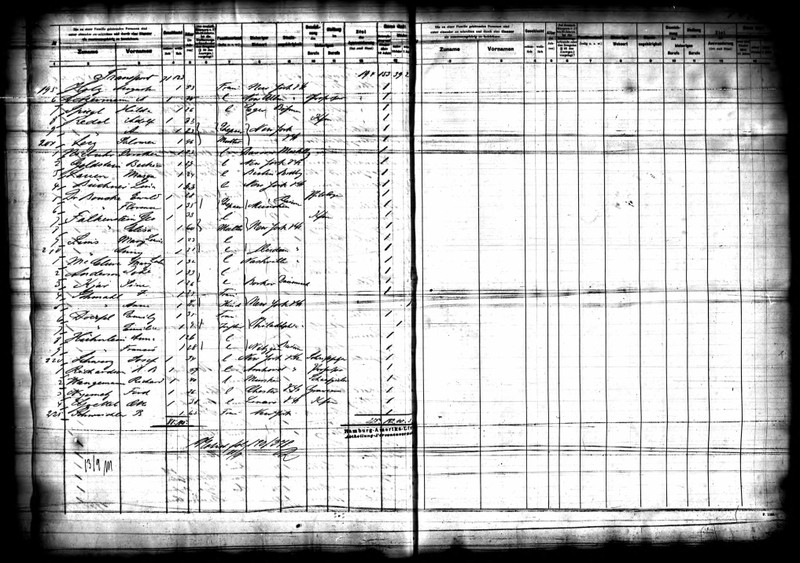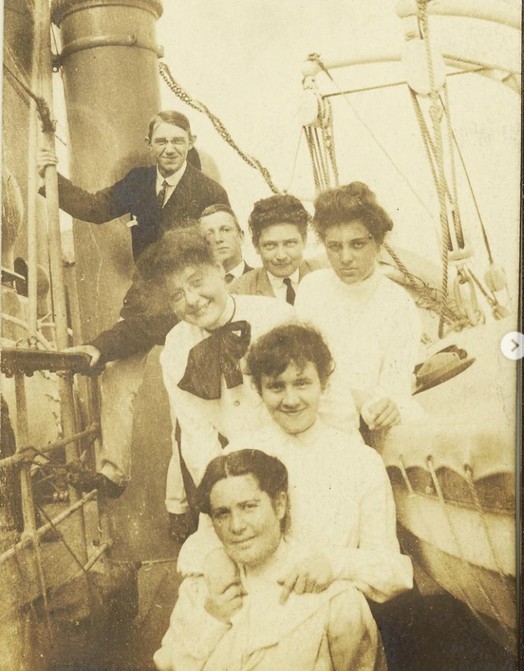Dora Neibuhr, 1307 New Hampshire Avenue, Heurich House
Introduction
Text-to-speech Audio
Images
The Heurich House 1882

Dora Niebuhr Immigration Record

"Coming to America." We do not have any photos of Dora but this photo of one of the Heurich children's governess' captures the spirit of immigration to America.

Backstory and Context
Text-to-speech Audio
The household staff at the Heurich mansion likely lived on the fourth floor of the main building, with some employees living in the carriage house. The fourth floor of the house has low ceilings and originally did not have heat. Also, a bathroom was not added to the fourth floor until later, so staff would need to walk down to the basement. The Heurichs employed many young immigrant women, who might have felt safer finding lodging with their employers. Stories from the time tell us it was considered dangerous for women on their own to deal with landlords who might wish them harm.
One of the young women who lived with the Heurich family was Dora Niebuhr. Dora immigrated to America in 1899 and by 1900 she found a job as a cook for the Heurich family. Living at the house, she would have found many other young German women who might have been able to share her hopes and worries for her new life in America.
How did the Heurich family decide which staff would live on site? How did this affect the relationship between the staff and the Heurich family? How did race shape the experiences of household staff at the mansion?
Sources
Branch, Enobong Hannah and Wooten, Melissa E. "Suited For Service: Racialized Rationalizations for the Ideal Domestic Servant from the Nineteenth to the Early Twentieth Century." Social Science History 36, no. 2 (2012): 169-189.
Heurich House Museum Collections
You can learn more by visiting the Heurich House museum website heurichhouse.org as well as our social media (@heurichhouse).
https://heurichhouse.org/thebrewmasterscastle
Heurich House Museum Collection
Heurich House Museum Instagram. @heurichhouse https://www.instagram.com/p/CH8SDXTBbHD/
